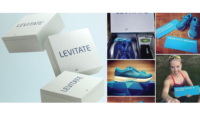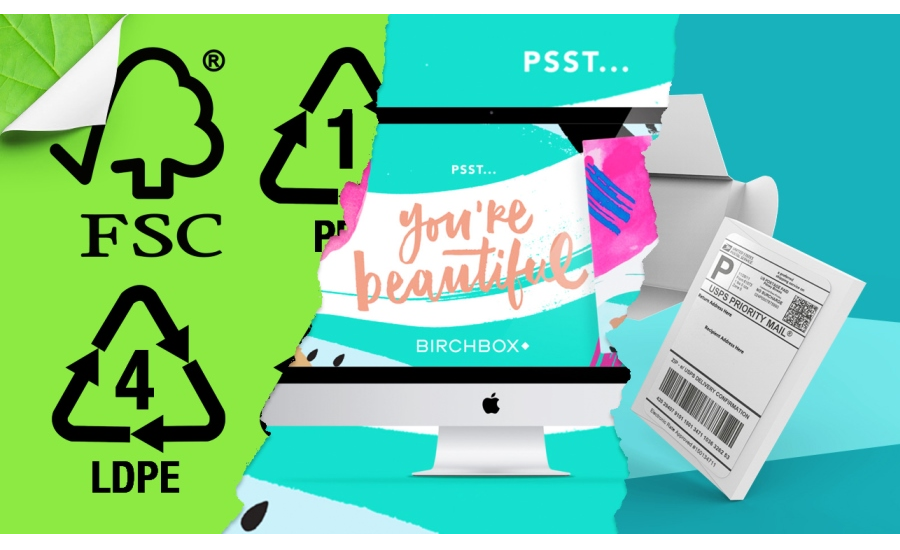Top Three Packaging Trends Shaping Up for 2019








The packaging industry today is buzzing with "influencer packaging" to deliver likes, shares and to create an ongoing dialogue across a bevy of social networks. Brands are also becoming aware of the benefits that size audits can deliver to the bottom-line: economies of scale, reductions in consumer transaction costs and reduced storage costs. Visually, packaging is always in flux, from essentialism to street inspired graphics.
The business of packaging is changing along with everything around us—politics, trade and sustainability.
Always seeking new opportunities to address the ever-changing business of retail, we’re asking “Why?” Why does packaging still operate in the same manner it did 50 years ago? Why is recycling the sole responsibility of the consumer? Why aren’t we trying to do more with less and take responsibility for what we create?
As the teams at Design Packaging continue to look ahead to the future of packaging, here are the top three things you can expect: (See Image 2)
RETHINKING RETAIL PACKAGING
Brands looking to innovate and deliver new consumer experiences have blue ocean possibilities, but it's been hard to break from the norm until today. In retail, consumers exit shops with shopping bags and gift boxes full of tissue, as they have for what feels like a millennia. Driven by rising costs of materials, manufacturing, as well as environmental pressures, packaging is being downsized. We’re guiding brands away from the old model and into experience-driven packaging that can be reused, repurposed and has the potential to become a marketing component beyond share-worthy packaging.
Don’t look back for inspiration, but look ahead to endless possibilities. (See Image 3)
MATERIAL HONESTY
The U.S. is in crisis mode when we look at recycling. The number of instances where curbside recycling is being taken to the landfill or incinerated continue to increase. Even in municipalities with stricter than normal compliance laws, we’re seeing recycling plants impacted by China’s National Sword policy. Compliant packaging is becoming more expensive. Demand for PCW continues to rise while its supply is being diverted to landfills. Brands need to explore creative partnerships and rethink what sustainable packaging can be. (See image 4)
CREATIVE PRODUCTION
How design goes from on-screen to in-hand is becoming a lost art in today’s production world. We’re working more frequently with designers wanting to learn mechanical processes, production techniques and material sciences that allow brands to make better decisions. From color paper stocks, to the impact PCW content can have on your ink mix, it’s important for in-house designers to be part of the manufacturing conversation.
Looking for a reprint of this article?
From high-res PDFs to custom plaques, order your copy today!












